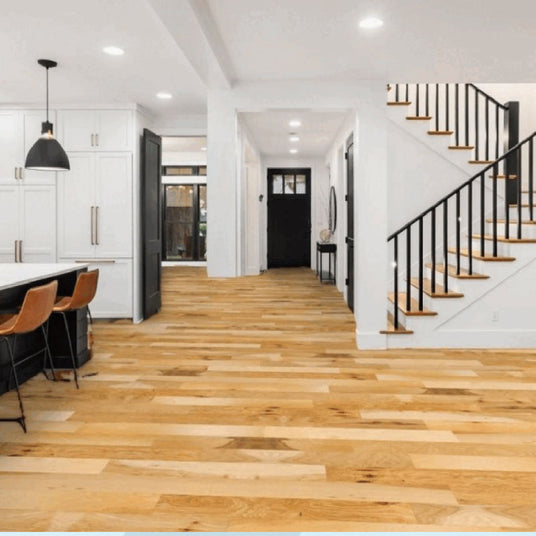Benefits

Upload a Picture of Your Room
Use an existing picture or take a new one: that’s all you need to get started!

Choose Your Floor
You have our incredible list of products to choose from, from hardwood to laminate, tile, vinyl and beyond. Finding the right floor is easy!
You can even compare 2 floors at the same time!

Rotate the Floor to Suit the Room
Just click the rotate button to line the floor up how you want to see it in your room and instantly see the changes.

Order Your Floor or Samples
Happy with what you see? You can start ordering immediately! Need to be convinced? Order your free samples from inside the virtual design tool and see them in your home.






